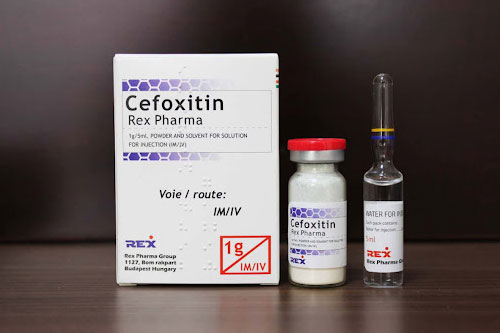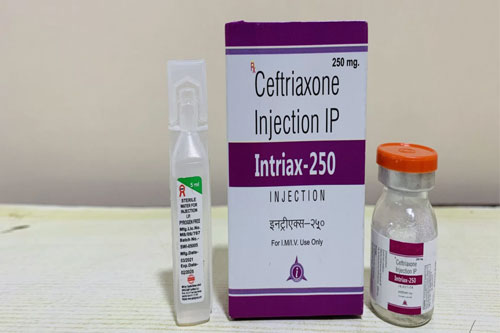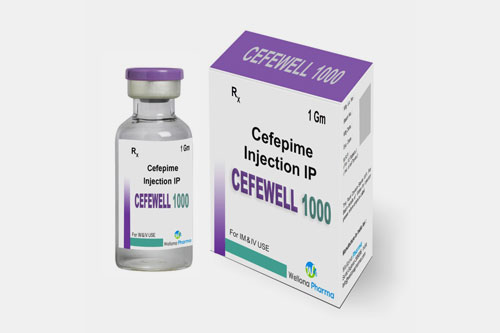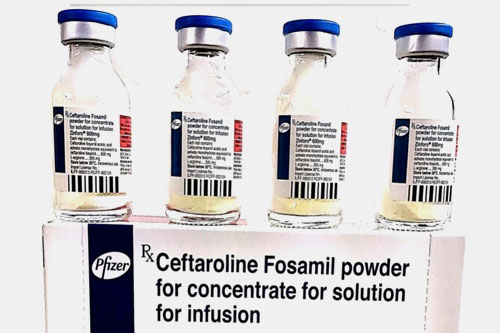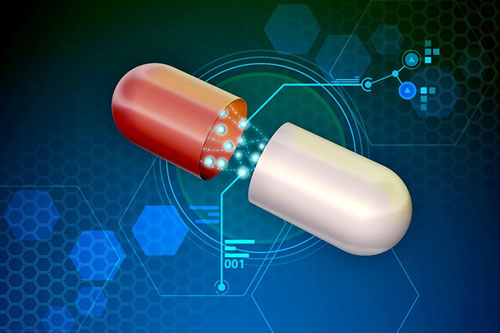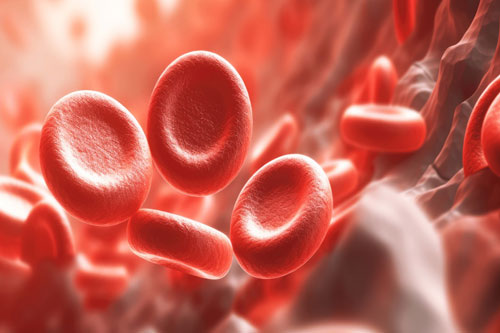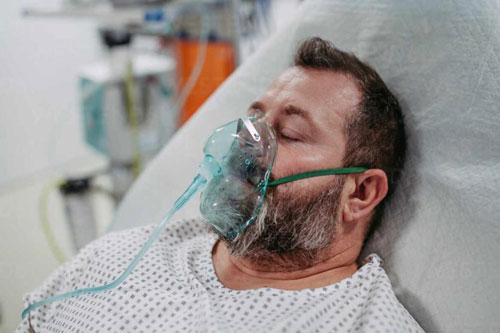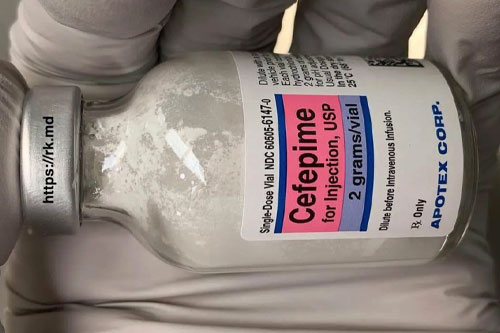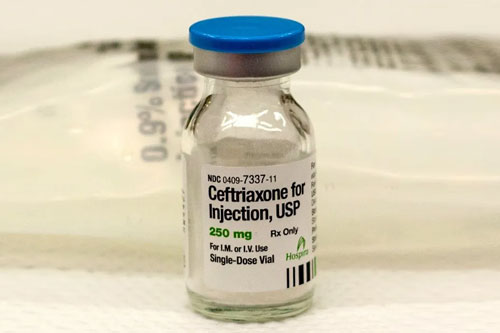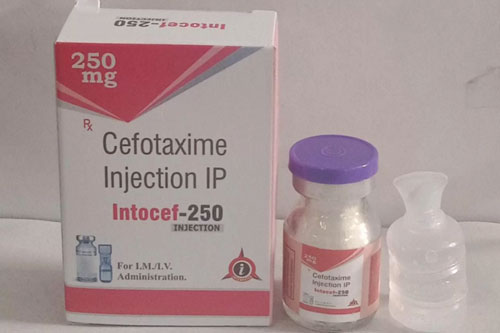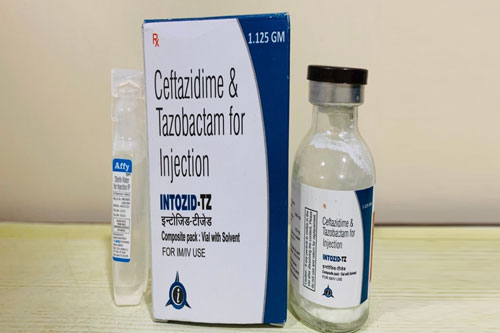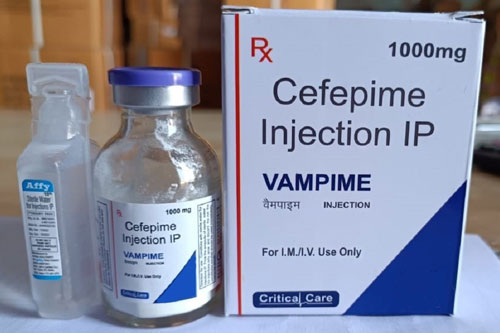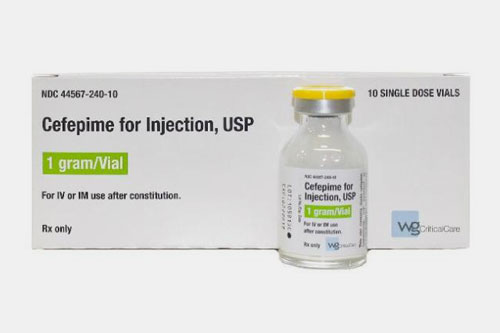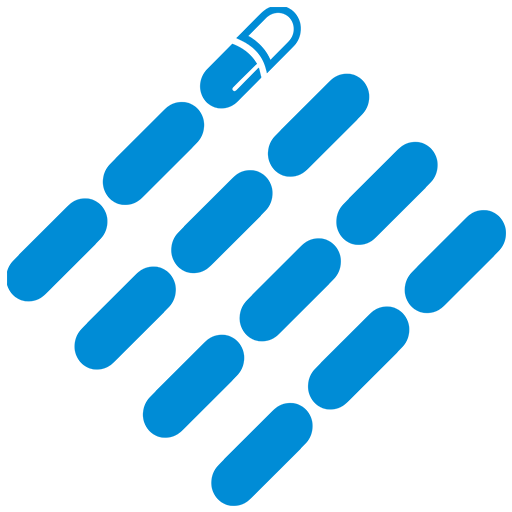Injectable Cephalosporin Antibiotics: The Complete FAQ Guide In 2025
Do you know that cephalosporin also comes in injectable form? To your knowledge, cephalosporin works amazing as an injectable, provide quick onset of action and reaches in higher concentration to the blood to produce profound effects. It is favorable for patient who has no tendency to take it orally and the one who needs quick action of drug.
This guide is crafted to provide you valuable information about injectable cephalosporin antibiotics. It may include its significance, production, packaging, expiration etc.
1.How can you define injectable cephalosporin antibiotics?
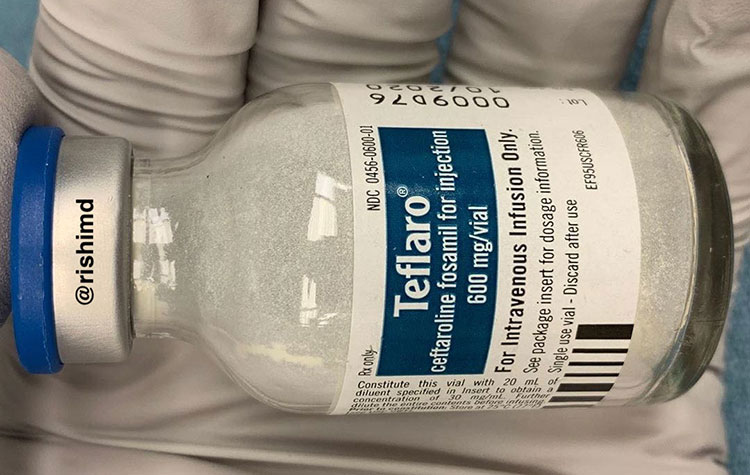
Injectable Cephalosporin antibiotics-Picture Courtesy: RK.MD
Injectable cephalosporin antibiotic are formulations given parenterally and contain cephalosporins as active ingredient. Cephalosporin antibiotics are a vast group of beta-lactam antibiotics. These antibiotics have structure that is similar to penicillin. These are widely used to treat a number of bacterial infections that are moderate to severe in nature and considered as broad spectrum antibiotics.
2.What are the uses of injectable cephalosporin antibiotics?
Injectable cephalosporin antibiotics have various uses and these are known as broad-spectrum antibiotics. Broad-spectrum antibiotics have capability to kill both kinds of bacteria i.e. gram-positive and gram-negative bacteria, making them preferable choice to treat a great number of bacterial infections. This topic will tell you about in which infections, these antibiotics are influential.
Respiratory tract infections:

Upper Respiratory Tract Infections-Picture Courtesy: Paddy Kalish OD
Injectable cephalosporin antibiotics are mostly used to treat mainly upper respiratory tract infections which include pneumonia, bronchitis and lung abscesses.
Urinary tract infections (UTIs):

Urinary Tract Infections-Picture Courtesy: Guys And St Thomas’ Specialist Care
Urinary tract infections are commonly treated by administering injectable cephalosporin antibiotics when it becomes complicated. Other than this, a kidney infection known as pyelonephritis is also treated by this formulation of antibiotics.
Skin infections:

Skin Abscess-Picture Courtesy: Verywell Health
Skin infections like cellulitis, abscesses and wound infections are treated by administering injectable cephalosporin antibiotics.
Bone infections:
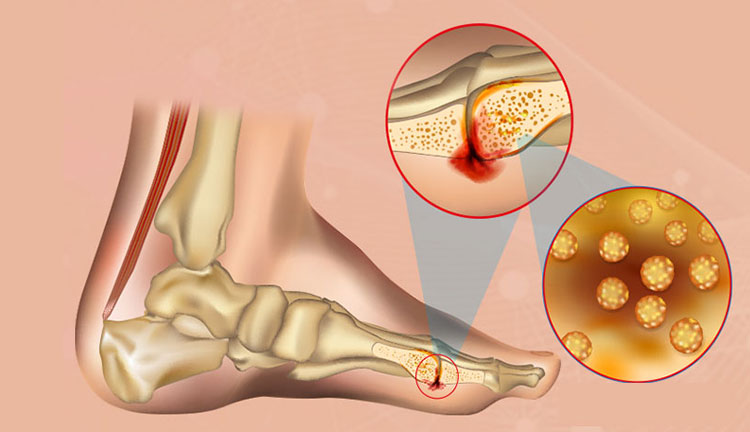
Osteomyelitis
Bone infections like osteomyelitis and septic arthritis are treated by injectable cephalosporin antibiotics.
Ear, nose and throat infections:

Ear Infection-Picture Courtesy: UC Davis Health
At times, oral antibiotics become ineffective against infections related to ear, nose and throat. We administer injectable cephalosporin antibiotics to treat infections like severe sinusitis, otitis media and pharyngitis.
3.How injectable cephalosporin antibiotics are administered to the body?
Injectable cephalosporin antibiotics are parenteral antibiotics. They require trained personnel for administration. These formulations facilitate the presence of high amount of drug in blood. It can be given by two ways:
Intravenous (IV):
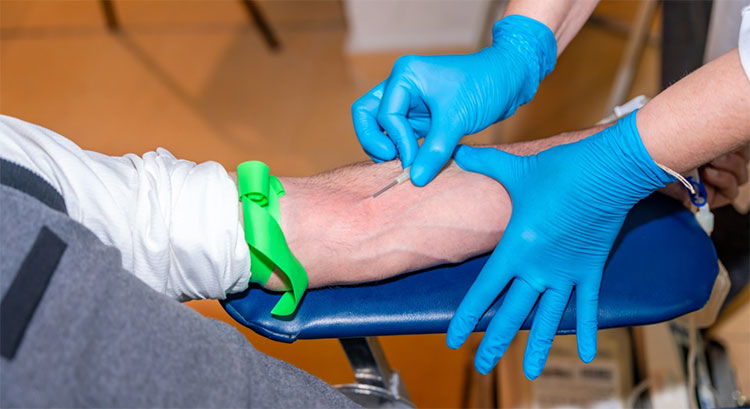
Injectable Cephalosporin Antibiotic Given IV-Picture Courtesy: Simple Nursing
Injectable cephalosporin antibiotics are introduced directly into the vein to produce quick effects.
Intramuscular (IM):
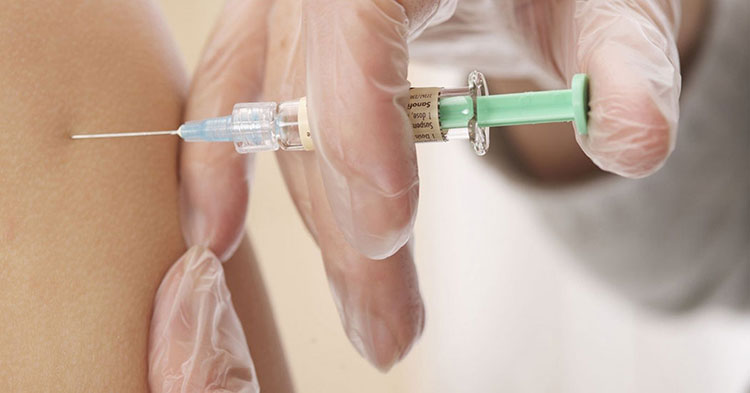
Injectable Cephalosporin Antibiotics Given IM-Picture Courtesy: eledia.summy.ua
These antibiotics can also be given by injected into large muscle like gluteal muscle.
4.How do injectable cephalosporin antibiotics work?
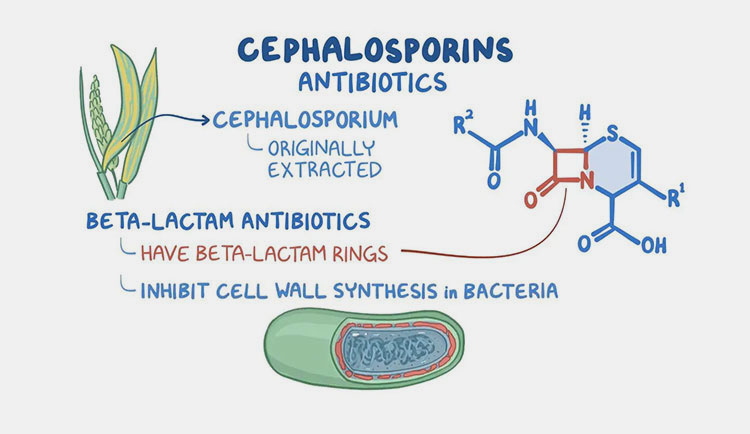
How Injectable Cephalosporin Antibiotics Work?-Picture Courtesy: Osmosis
The main component of injectable cephalosporin antibiotics is cephalosporin itself. Here you will get the information about how cephalosporins work to wipe the bacteria. Cephalosporins, a large class of antibiotics, contain beta-lactam ring in their structure and that’s the reason they are called beta-lactam antibiotics. They work by binding beta-lactam ring to the penicillin-binding proteins (PBP) and stop the function of these enzymes.
Mainly, penicillin-binding proteins are utilized by bacteria to form their cell wall. As the activity of these enzymes stop, there is no cell wall production and bacteria become weak. Bacterial cell cannot withstand environmental pressure and it gets burst resulting in death of the bacteria. This whole effect is denoted as bactericidal, means killing of bacteria.
5.Do you know the classification of injectable cephalosporin antibiotics?
Injectable cephalosporin antibiotics are large group of antibiotics and prescribe against both strains of bacteria that are gram positive & gram negative. They are classified in five generations, which are discussed below:
| Generation of cephalosporins | Examples | Effective for |
| First generation | Cephalexin, cefazolin, cephapirin
|
More effective for gram positive bacteria and limited activity against gram negative bacteria. |
| Second generation | Cefuroxime, cefoxitin
|
Effective against both gram positive and gram negative bacteria. |
| Third generation | Ceftriaxone, cefotaxime
|
Effective against both gram positive & gram negative. |
| Fourth generation | Cefepime
|
Strongly effective against both gram positive and gram negative bacteria. |
| Fifth generation | Ceftaroline, ceftobiprole
|
Effective against gram positive bacteria, gram negative bacteria & MRSA (methicillin-resistant staphylococcus aureus) |
6.What is the significance of injectable cephalosporin antibiotics over oral cephalosporin antibiotic?

Significance Of Injectable Cephalosporin Antibiotics Over Oral Cephalosporin Antibiotics-Picture Courtesy: Walk-In To Wellness
Injectable cephalosporin antibiotics are widely prescribed by the physicians all over the world due to their widespread bactericidal effects. Although oral antibiotics are also popular but at times, injectable formulation shows more benefits against it. This topic tells you about favors you can get from injectable cephalosporin antibiotics over oral one.
| Injectable cephalosporin antibiotics | Oral cephalosporin antibiotics | |
| Bioavailability & potency
Picture Courtesy: AAPS Newsmagazine |
Injectable cephalosporin antibiotics are given into veins and muscles, so they don’t come across first pass metabolism, acquire increased bioavailability & reach to blood serum in high amounts which proves it more potent. | Oral antibiotics are given by mouth, undergo the whole process of absorption in which drug gets lost and moderate amount reaches the systemic circulation |
| Presence of high amount of drug in blood
Picture Courtesy: VUMC News |
Systemic infections can be life threatening. They require high amount of drug to get treated and this can only be happened by administering injectable formulation. | Oral cephalosporin antibiotics don’t reach systemic circulation in large amounts so cannot treat serious infections. |
| Patient compliance
Picture Courtesy: Westend61 |
Injectable can be given to patients that are not conscious, unable to swallow or digest, having vomiting. | Oral cephalosporin antibiotics can only administered to patients that are conscious and stable and can swallow and digest food easily. |
| High spectrum
Picture Courtesy: RK.MD |
Cephalosporins of advance stages like cefipime, ceftaroline are only available in injectable form, so injectable can provide broader bactericidal effects. | Oral cephalosporin antibiotics have broad spectrum but some resistant bacteria like methicillin-resistant staphylococcus aureus can only killed by injectable. |
7.What is the dose and duration of treatment for injectable cephalosporin antibiotics?
Injectable cephalosporin antibiotics are given in dose according to specific drug used, severity of infection, age & weight of the patient and kidney function. As we discussed, cephalosporin antibiotics are large group of antibiotics and they have many drugs to use, but here we only discuss the commonly known injectable cephalosporin antibiotics
| Injectable cephalosporin antibiotics | Dose of antibiotic | Duration of antibiotic |
| Ceftriaxon (3rd generation)
|
1-2 g IV or IM once daily | pneumonia: 5-7 days
pyelonephritis: 7-10 days |
| Cefotaxime(3rd generation)
|
1-2 g IV every 6-8 hours | 7-14 days |
| Ceftazidime(3rd generation)
|
1-2 g IV every 8 hours | 7-14 days |
| Cefepime (4th generation)
|
1-2 g IV every 8-12 hours | 7-14 days |
| Ceftaroline (5th generation)
|
600mg IV every 12 hours | 5-14 Ays |
8.What are the threats associated with injectable cephalosporin antibiotics?
Injectable cephalosporin antibiotics are offering so many benefits but they also hold some risks that must be known by you. In this topic, we will discuss about what side effects can be encountered by you after administration, drug interactions of injectable formulation and in which conditions you cannot administer injectable formulation.
Allergic reactions:

Skin Rash-Picture Courtesy: Klarify
Mild to severe allergic reactions are seen which include rash, fever, itching and anaphylaxis which is rare but life-taken. This could be happened to patients that are allergic to penicillin as cephalosporins are similar in structure to penicillin.
Reactions at site of action:

Pain, Redness & Edema At Site Of Action-Picture Courtesy: Cleveland Clinic Health Essentials
Pain, redness & edema can be occurred at site of action when antibiotic is given intramuscularly. During administration of ceftriaxone, lidocaine, a local anesthetic is added with ceftriaxone to avoid the pain at injection site.
Vein inflammation can be occurred when injectable cephalosporin is given intravenously.
Gastrointestinal problems:

Nausea & Vomiting-Picture Courtesy: Apollo Hospitals
Nausea, vomiting, diarrhea and stomach cramps are common side effects associated with administration of injectable cephalosporin antibiotics.
Nephrotoxicity:
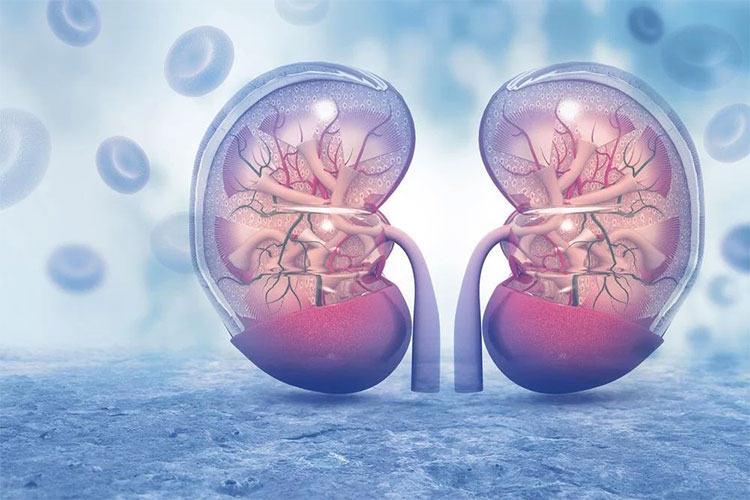
Nephrotoxicity-Picture Courtesy: News-Medical.Net
Patients with compromised renal function or administration of injectable cephalosporin antibiotics along with nephrotoxic drugs like aminoglycosides can cause toxicity in kidney. Dose must be adjusted according to kidney function.
Effects on blood:
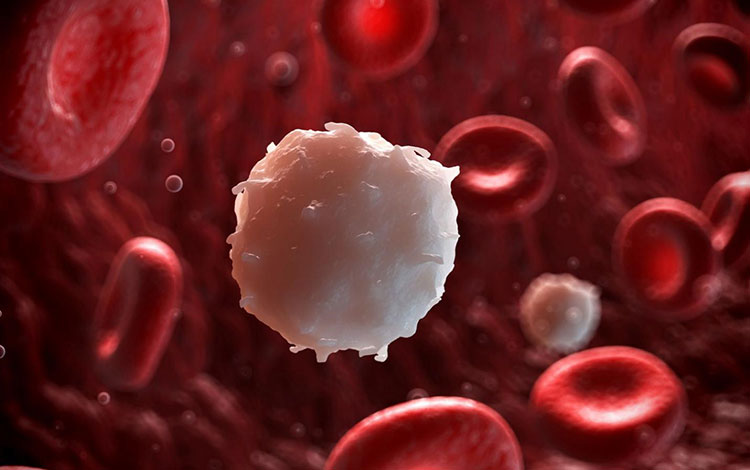
Leukopenia Is Low White Blood Cells-Picture Courtesy: VeryWell Health
Rarely injectable cephalosporin antibiotics can cause decrease in blood counts like leukopenia, thrombocytopenia. Also these antibiotics can indicate wrong positive coombs test, which means body is having hemolytic anemia.
Neurotoxicity:

Injectable Cephalosporin Antibiotics Can Harm Brain-Picture Courtesy: OECD
In higher doses or compromised kidney function, injectable cephalosporin antibiotics have capacity to cause brain-harming effects like seizures, encephalopathy etc.
Other infections:
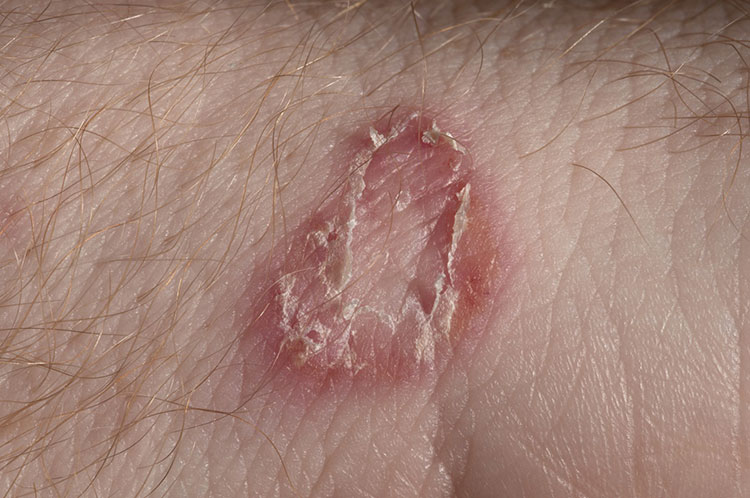
Prolong Use Of Injectable Cephalosporin Antibiotics Can Cause Fungal Infection-Picture Courtesy: Gateway Dermatology
Excessive and long duration use of these injectable cephalosporin antibiotics can result in occurrence of other resistant bacterial infections and fungal infections.
Drug interactions:

Injectable Cephalosporin Antibiotics Have Drug Interaction With Blood Thinners, Diuretics Etc. -Picture Courtesy: America’s Pharmacy
Injectable cephalosporin antibiotics have some drug interactions that must be known to avoid trouble in future. Blood thinners, diuretics, live vaccines, and contraceptives have interaction with them.
Injectable cephalosporin antibiotics must not be taken with alcohol.
9.What can be the composition of injectable cephalosporin antibiotics?
After knowing the benefits and risk associated with injectable cephalosporin antibiotics, the next thought comes in mind that what these injectable cephalosporin antibiotics composed of? This topic contains information about the composition of injectable cephalosporin antibiotics.
Every formulation basically comprised of two important components that are active ingredients and excipients. Drug shows effects what active ingredient possesses and excipients are inactive ingredients that are added to facilitate or boost the effects of active ingredient.
Active pharmaceutical ingredient (API):
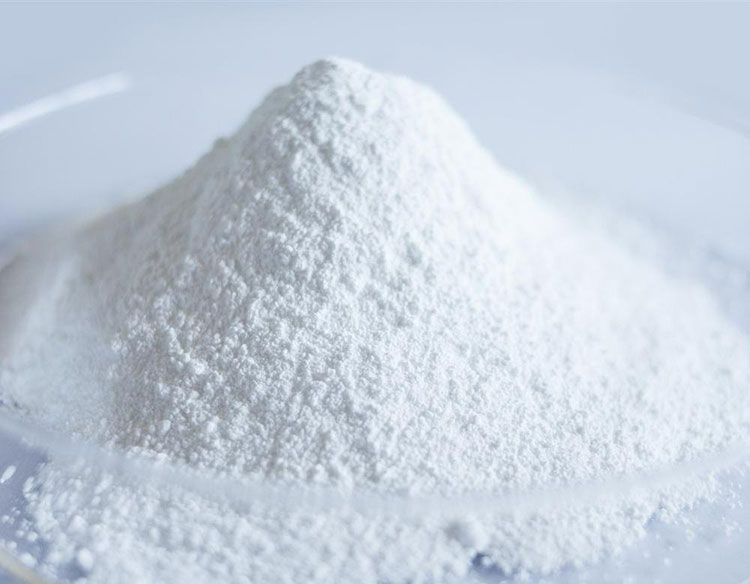
Active Pharmaceutical Ingredient
Active pharmaceutical ingredient of injectable cephalosporin antibiotics is any drug from the class of cephalosporin. Examples include:
- Ceftriaxone sodium
- Cefotaxime sodium
- Cefazoline sodium
- Cefepime hydrochloride
- Ceftazidime sodium
- Cephapirin benzathine
- Ceftaroline fosamil
Excipients:
Excipients play a vital role in aiding the effects of active drug. Without them, active drug cannot produce expected effects. They help in solubility and stability of drug.
| Excipients | Image |
| Sodium bicarbonate: It is used to stabilize pH of formulation. | 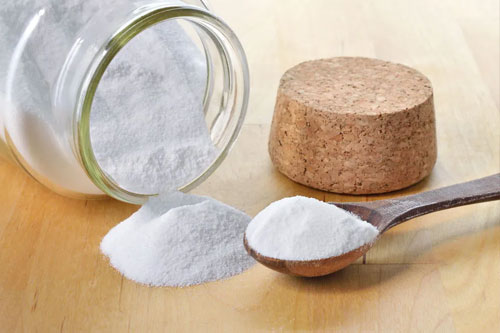
Picture courtesy: Britannica |
| L-arginine: It is used as buffering agent, especially in ceftriaxone formulation. | 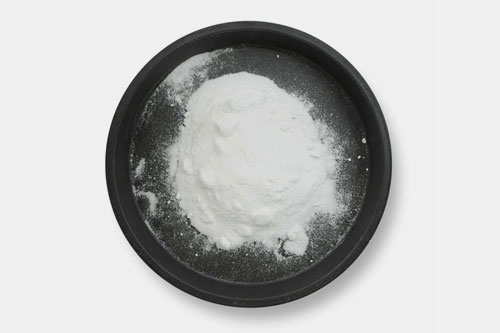
Picture Courtesy: Handymade |
| Water for injection: It is sterile solution, used at the time of reconstitution | 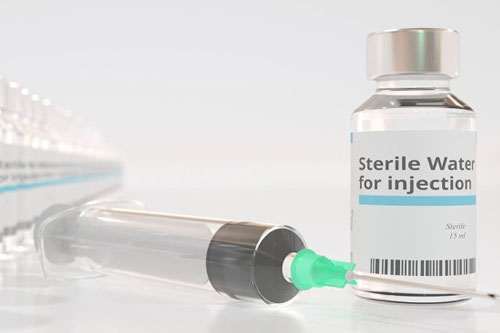
Picture Courtesy: Technical Safety Services |
| Sodium chloride: It is used to adjust the isotonicity of formulation | |
| Preservatives: Preservatives are added in multi-dose formulation. Example includes benzyl alcohol | 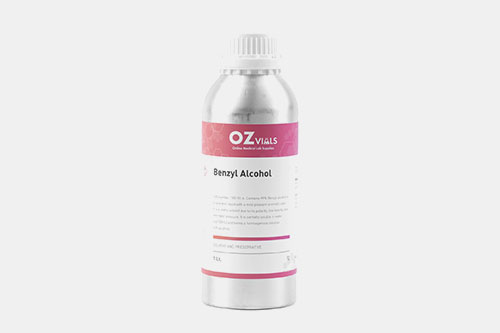
Picture courtesy: OzVials |
10.What kind of packaging container is used to dispense injectable cephalosporin antibiotics?
Injectable cephalosporin antibiotic is a sterile preparation and need to be dispensed in reliable packaging container. This packaging containers is designed to keep the sterility, stability and efficacy of injectable formulation intact. Commonly used packaging container is:
Vials:
Injectable cephalosporin antibiotics are dispensed in vials, often in powder form to keep them stable throughout the shelf life. These formulations are reconstituted by adding sterile diluent at the time of administration. Vials can be made from glass or plastic. Vials are available in two kinds of packaging:
Single-dose vials:

Single Dose Vial For Ceftriaxone-Picture Courtesy: McGuff
Injectable cephalosporin antibiotics are available in single dose vial to be utilized in one-time and discarded after opening. It helps in reducing dosing errors as one dose is reconstituted for use and administered immediately. It does not contain preservatives so do not keep it after un-sealing.
Multiple-dose vials:
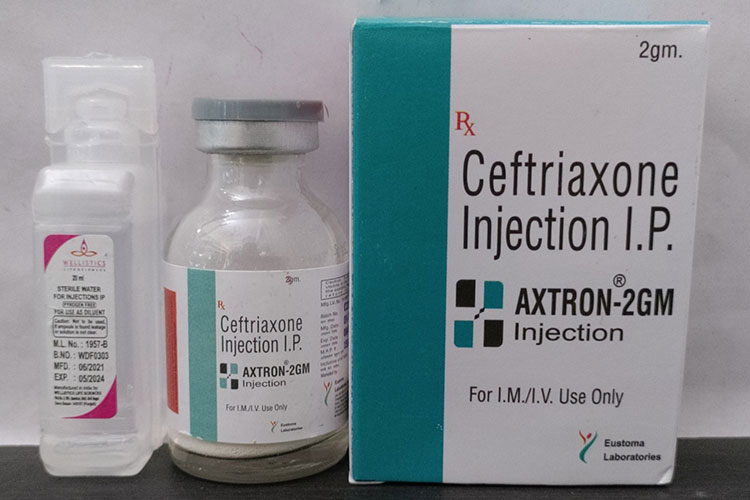
Multiple Dose Vial For Ceftriaxone
Injectable cephalosporin antibiotics come in multiple dose vials. These formulations can be used many times in a limited period of time. Preservatives are added to keep the formulation stable.
11.What steps are involved in production of injectable cephalosporin antibiotics?
Injectable cephalosporin antibiotics are produced in aseptic environment and demands many critical steps to ensure the sterility, stability and efficacy of final product. A clean room is required for production, where temperature and humidity are kept in optimum limit to make the procedure unharmed by these factors. Good manufacturing practices are followed to attain a high quality product.
Acquisition & testing of raw material:
Sourcing of Active ingredient:

Acremonium Chrysogenum Is A Fungi From Which Cephalosporin Antibiotics Are Derived-Picture Courtesy: Deposit Photos
Cephalosporins are derived from a fungus known as Acremonium Chrysogenum by the process of fermentation. On industrial basis, bioreactors are used to produce cephalosporin from this fungus, keeping conditions suitable for the process. The final product obtained is 7-ACA (7-aminocephalosporanic acid), which further goes in chemical modifications to get different cephalosporin antibiotics. A bulk quantity of cephalosporin antibiotic like ceftriaxone, cefotaxime is needed for production of injectable cephalosporin antibiotics.
Sourcing of Excipients:

Water For Injection Is Used As A Diluent-Picture Courtesy: Mckaseen Medical-Surgical
Stabilizers, diluents and buffers are required for production of injectable cephalosporin antibiotics. All excipients are handled in isolated area to avoid unwanted reactions.
Testing of raw material:

Testing Of Raw Material-Picture Courtesy: Universal Background Training
All the raw materials are tested for identity, purity and microbial contamination.
Weighing & dispensing of raw materials:
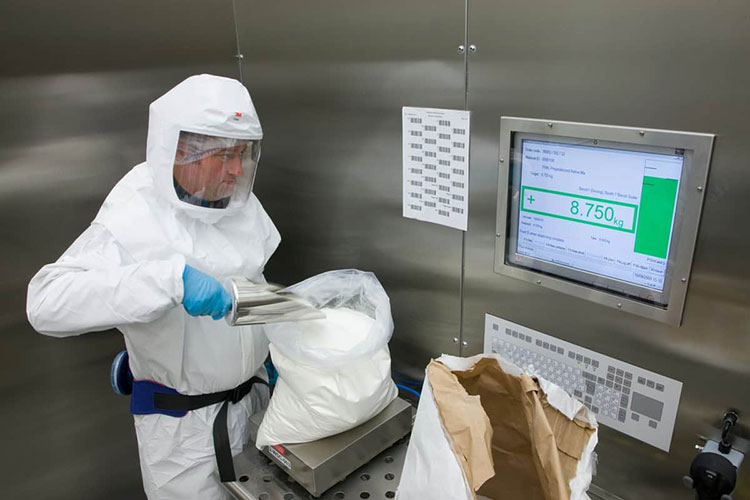
Weighing Of Raw Material-Picture Courtesy: GMP SOP
Precise weighing of raw materials is carried out in clean room to avoid any contamination. After proper weighing, raw materials are dispensed in sterilized containers for batch preparation.
Preparation of sterile solution:
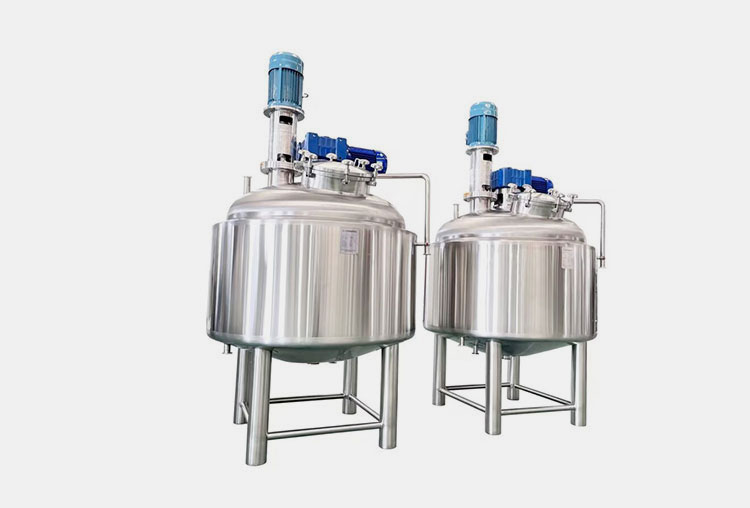
Mixing Vessels Are Used To Make Sterile Solutions Of Injectable Cephalosporin Antibiotics-Picture Courtesy: Micet Group
Active pharmaceutical ingredient i.e. cephalosporin and excipients are dissolved in water for injection in a stainless-steel mixing vessel. After dissolution, solution is subjected to filtration.
Sterile filtration:
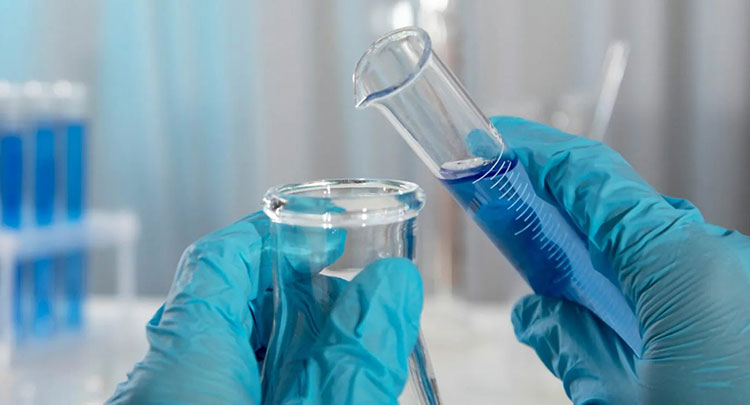
Sterile Filtration-Picture Courtesy: Kings Research
For sterile filtration of solution, sterile membrane filters are used. Filtration is performed in laminar airflow (LAF) in sterile area before its filling.
Filling into vials:
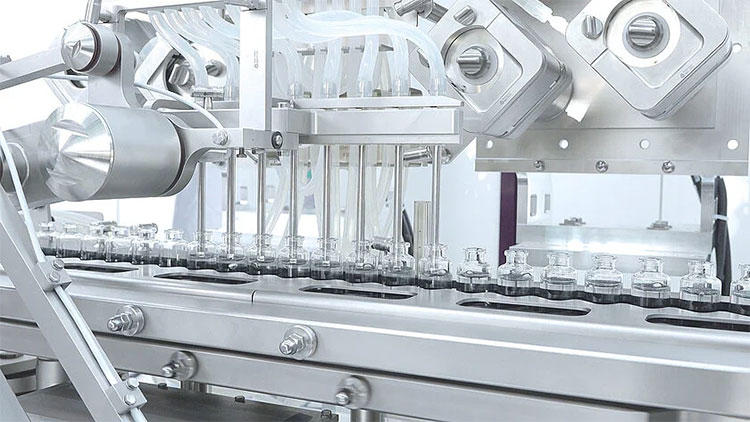
Filling Of Vials-Picture Courtesy: Argemedic.Com
Pharmaceutical vial filling machine is utilized for the purpose of filling of sterile solution of cephalosporin antibiotics in to glass vials. Vials are firstly washed with sterile diluent and then sterilized by heating or ultrasonic waves. After sterilization, subjected to filling station via conveyor, here vials are filled with sterile solution and rubber stopper is inserted into the vial.
Lyophilizer is incorporated in vial filling line, sterile solution is converted in to powder form by the process of lyophilization. After loading the vials onto trays, product is frozen and the vacuum is applied to sublimate the ice into vapors. After that further drying is carried out to remove residual moisture.
Capping of vial:

Capping Of Vials-Picture Courtesy: Steriline
Capping machine is incorporated in pharmaceutical vial filling machine to crimp aluminum caps upon vial. Aluminum caps are used to seal formulation and keep it stable and safe.
Inspection of vial:
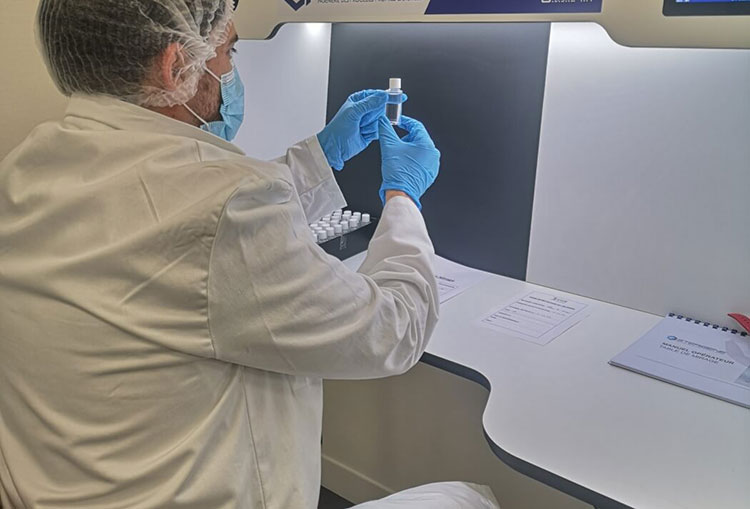
Inspection Of Vial-Picture Courtesy: Groupe IMT
Inspection is very important step to ensure high quality of product. It is done manually or by automated inspected machines. Presence of particle, cracks in vial or proper filling are inspected.
Quality control:

Quality Control-Picture Courtesy: UC Health
For the establishment of fine quality of injectable cephalosporin antibiotics, testing is carried out. As quality control is a paramount step in sterile drugs production, we perform following tests:
- Sterility test
- Pyrogen test
- Assay
- Moisture content
- Container closure integrity
- Reconstitution time & pH
Labeling & packaging:
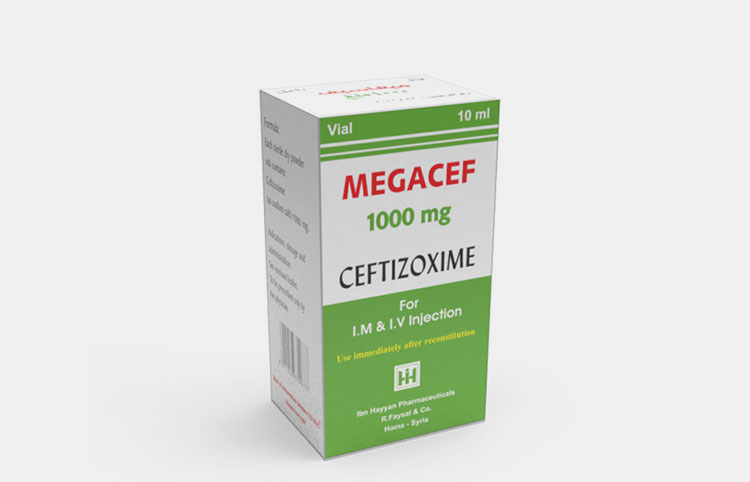
Labeling & Packaging Of Injectable Cephalosporin Antibiotics
Vials containing injectable cephalosporin antibiotics are labeled with printed labels, containing useful information like batch number, expiry, strength, storage instructions etc.
Vials are packaged in boxes with sterile diluents. These diluents are used at time of reconstitution of formulation.
12.What is the main equipment used to produce injectable cephalosporin antibiotics?

Aipak Fully-Automated Vial Filling Machine For Injectable Cephalosporin Antibiotics
In pharmaceutical industry, fully-automated vial filling machine is used for the purpose of filling, stopping, capping and labeling vials. Isolated areas or restricted access barrier systems are used to place this machine in order to maintain aseptic conditions, high accuracy and less chances of contamination.
There are key components of vial filling machine that are important to discuss, to let you get aware about this wonderful machine.
| Key components of vial filling machine | Its function |
| Vial washing station | Vials are washed with sterile diluent on this station. |
| Sterilizing station | Vials are sterilized after washing by using heat or ultrasonic waves. |
| Filling station | Filling the sterile solution of antibiotic into vials with great precision. |
| Stoppering station | Rubber stopper is partially inserted into vial on this station then they are subjected for lyophilization. |
| Lyophilizer | Freeze drying of formulation which is present in vial, is carried out by this machine in order to make formulation more stable for storage. |
| Capping station | Sealing of vials is carried out by capping machine by crimping aluminum caps upon the vial. |
| Inspection station | Vials are inspected for presence of unwanted particles in formulation, cracked vials or appropriate filling. |
| Labelling station | Printed labels are applied on vial contains important information about formulation |
13.How to store injectable cephalosporin antibiotics?
This becomes very necessary to address about the storage conditions of injectable cephalosporin antibiotics, before and after reconstitution of formulation. These are sterile formulations and demand extra care for avoiding degradation of drug.
Storage conditions before reconstitution:
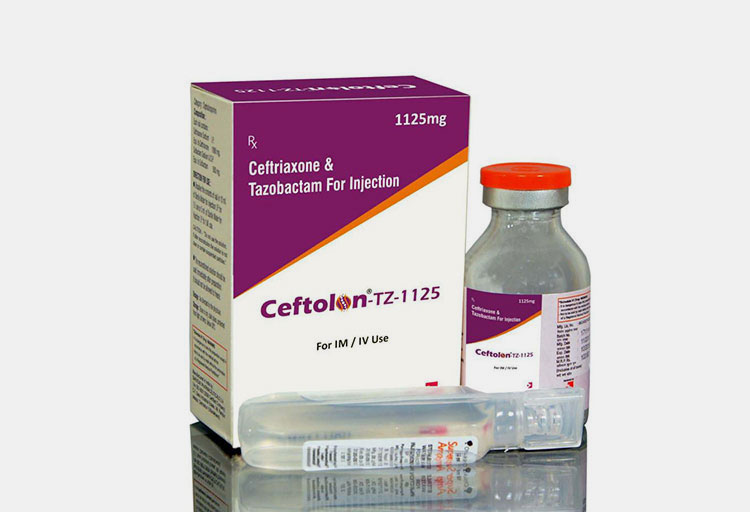
Injectable Cephalosporin Antibiotics Can Be Stored At 20-25 C (Room Temperature)-Picture Courtesy: Intra Life
Temperature is an important factor and affects the formulation at great extent. Sealed formulation of injectable cephalosporin antibiotics can be stored at room temperature (20-25 C), otherwise in high temperature; you can refrigerate your formulation in 2-8 C.
Light and humidity are other important factors that affect the formulation. Store at place that must be dry and avoid exposure to light.
Storage conditions after reconstitution:

Don’t Freeze Injectable Cephalosporin Antibiotics After Reconstitution-Picture Courtesy: International Plastics, Inc.
Reconstituted injectable cephalosporin antibiotics are stored in refrigerator at 2-8 C
Do not freeze the formulation, otherwise antibiotic gets degraded resulting in no effects against infection.
Formulation remains stable for 24-72 hours after reconstitution, so mark the date and time in order to prevent any misuse. After this period, discard the formulation immediately.
14.Do injectable cephalosporin antibiotics expire?
Yes, of course like any other sterile drug product, injectable cephalosporin antibiotics do expire.
Shelf life:
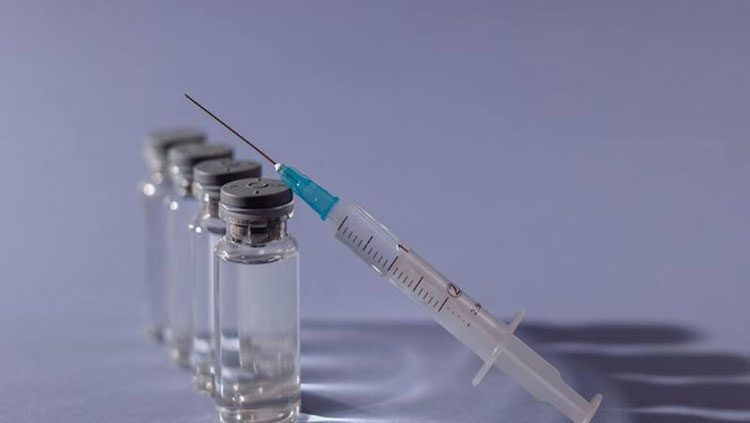
Injectable Cephalosporin Antibiotics Are Expired After 1-3 Years Of Production-Picture Courtesy: Protech Telelinks
Shelf life of injectable cephalosporin antibiotics is 1-3 year when stored in optimum conditions, maintaining temperature, humidity and light exposure.
Signs of expiration:
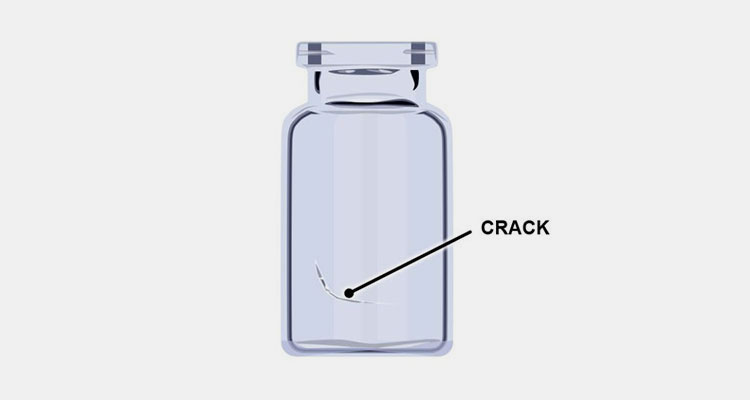
If Vial Is Cracked, Don’t Use The Formulation Of Injectable Cephalosporin Antibiotics
There are some signs of expiration found in formulation, which are clumping of powder, discoloration like color of formulation becomes dark, presence of foreign particles or damaged vial. After encountering one of signs of expiration, you should not use the formulation.
15.Can injectable cephalosporin antibiotics be taken in pregnancy?

Yes, Injectable Cephalosporin Antibiotic Can Be Taken In Pregnancy-Picture Courtesy: Cleveland Clinic Health Essentials
Injectable cephalosporin antibiotics can be given in pregnancy and are considered harmless to fetus. These formulations should be administered with complete precaution and also only at time of necessity. Examples of safe injectable cephalosporin antibiotics are ceftriaxone, cefepime.
Although some injectable cephalosporin antibiotics should not be used during pregnancy as they don’t show favorable effects to fetus, example includes ceftolozane, a fifth generation cephalosporin antibiotic.
Conclusion:
Injectable cephalosporin antibiotics are used for the treatment of a wide range of bacterial infections and provide effective and rapid effects against many bacteria. Along with its benefits, you must be aware of the risks associated with it to avoid trouble in future. Being a sterile formulation, injectable cephalosporin antibiotics demand aseptic environment and proper storage conditions to remain stable. Are you looking for some trustworthy site? AIPAK ENGINEERING is a reliable source to give you best knowledge about injectable cephalosporin antibiotics, for any query you can contact us anytime!
Don't forget to share this post!
CONTACT US
Tell us your raw material and project budget to get quotations within 24 hours.
WhatsApp Us: +86 181 7101 8586
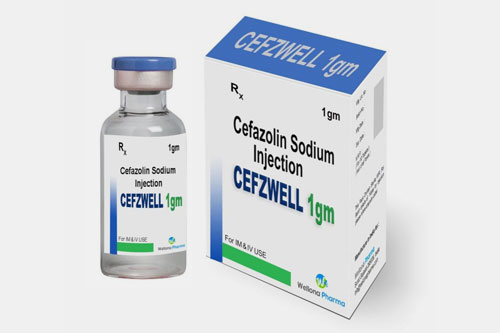 Tell us your material or budget, we'll reply you ASAP within 24 hours
Tell us your material or budget, we'll reply you ASAP within 24 hours

